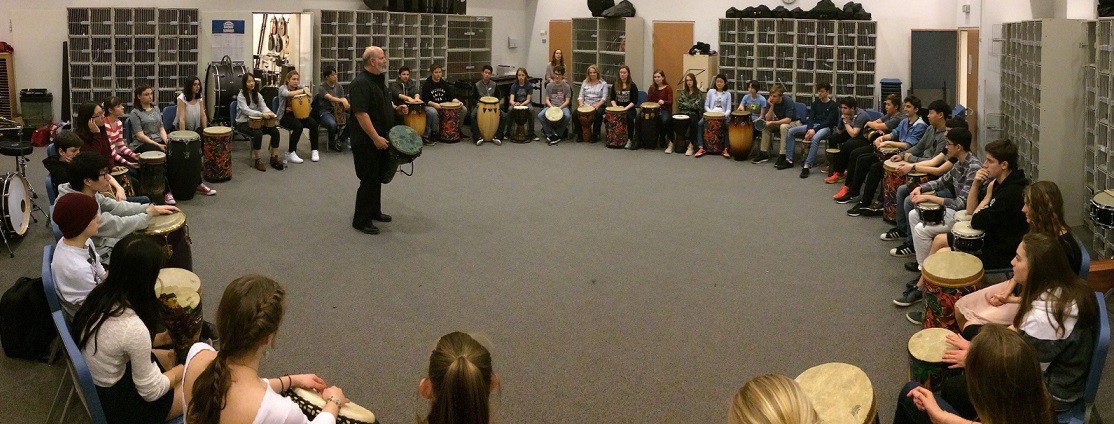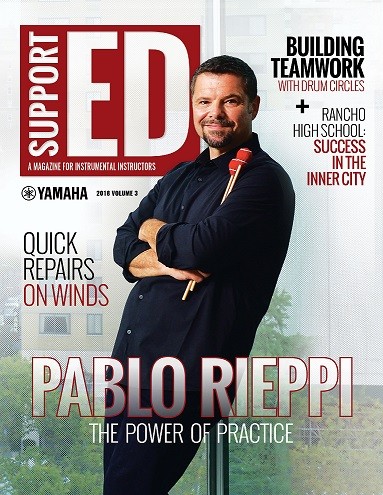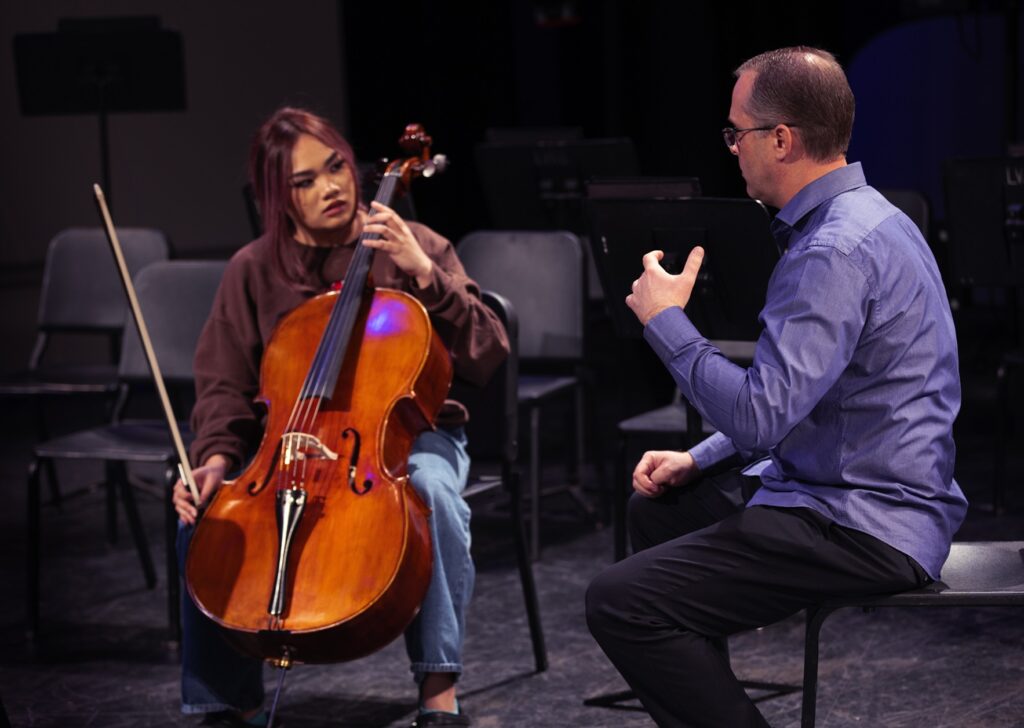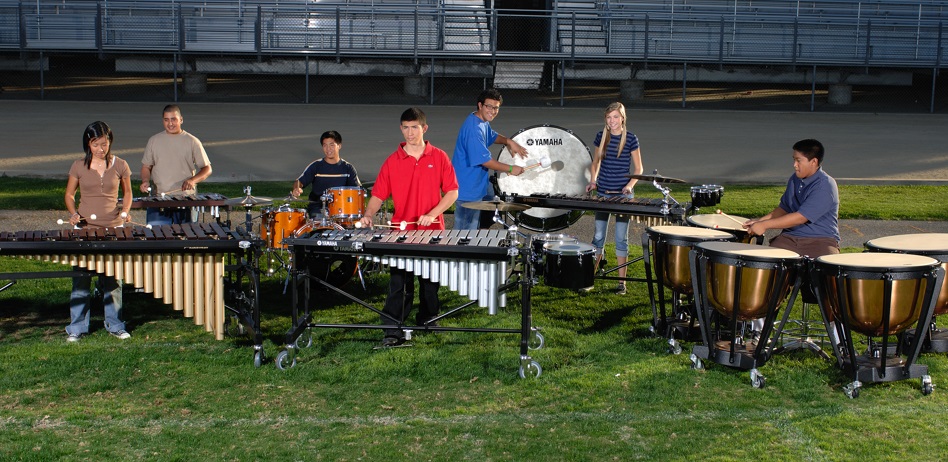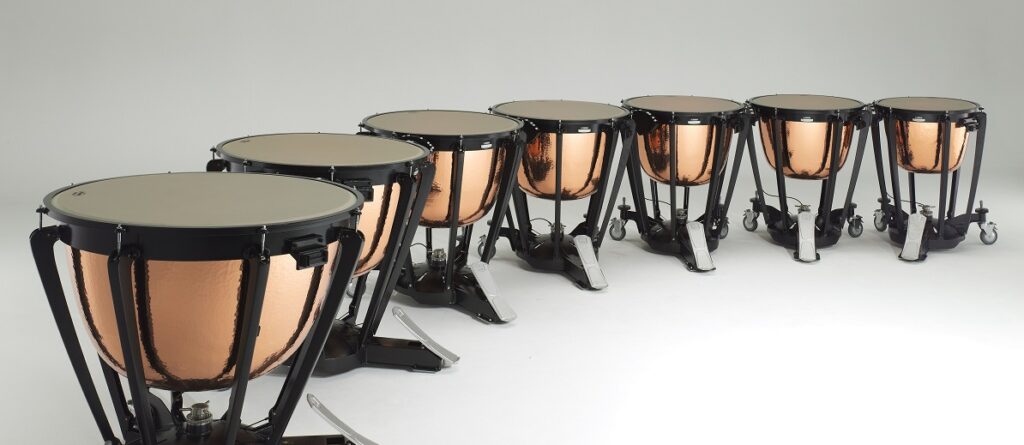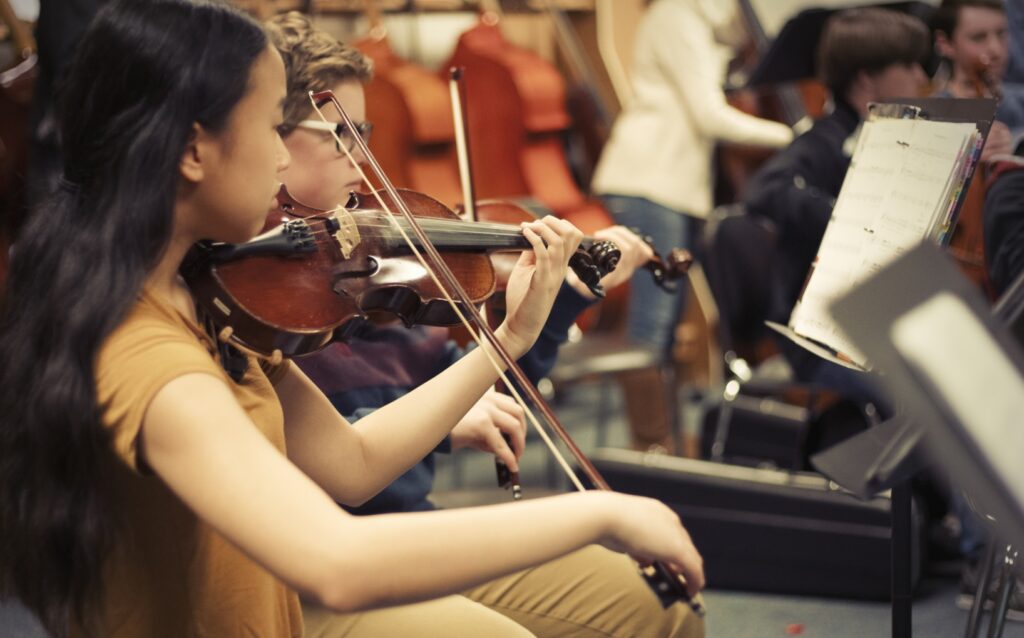Build Teamwork with Drum Circles
Use drum circles to improve musical skills, develop student leaders, and showcase fun and camaraderie.
On the first day of school, students may come to band class and sit timidly, not making eye contact. If the teacher facilitates a drum circle, then by the end of class, everyone will be smiling and bubbling with excitement. “A drum circle is a great way to connect people together in a way that’s musical but not necessarily academic,” says Matt Savage, percussion specialist at Cary (North Carolina) High School, founder and director of Rhythm Alive drum circle events and a Yamaha Artist. “[They’re ideal] at the beginning of a new school year as a team-building event; before a concert to sharpen listening skills, rhythmic accuracy and ensemble playing; and after a concert or big event as a fun stress reliever and way to celebrate together.”
If you’d like to incorporate drum circles into your repertoire, here’s how to get started.
Create a Circle
Don’t leave the classroom chairs in their usual positions. Students should sit in a circle, so everyone can see each other, and each person is viewed as an equal participant.
You can set up chairs before students arrive or ask for help. One circle is fine for 50 students. Larger groups should sit in concentric circles.
Include Everyone
Drum circles are great for the entire band, not just percussionists. You can include color guard members and wind and string players.
“With the whole band, it puts the [students] in a different, unique, risky situation,” Savage says. “They have to play and feel rhythm in a different modality.”
Distribute Instruments
Try world percussion instruments like bongos, djembes, congas, shakers and tambourines. You can use empty soda bottles, wood blocks or five-gallon buckets. Or ask students to clap, snap or use body percussion.
If you’re handing out sticks or mallets, give each student one, not two. Using one mallet levels the playing field because “a lot of the wind [and string] players don’t have drum techniques,” Savage says.
Start with the Heart
Begin with a steady beat that is relatable to everyone. “I always start every one of my drum circles with the first rhythm you ever hear — the heartbeat, your mother’s heart,” Savage says. “The facilitator plays a steady ‘lub-dub’ rhythm on the drum. The counts in 4/4 time would be on 1 and 3. Ask the others to join in after 10 to 15 seconds of listening and feeling the heartbeat groove.”
Once everyone is playing, visually cue half of the circle to stop while the other half continues. Then, cue the half that isn’t playing to play the heartbeat between beats. One side will play on 1 and 3, and the other side will play on 2 and 4. Once the new rhythm is established, give cues to start and stop as you see fit.
Try Different Rhythms
Echoes are popular and effective: Play a simple rhythm and ask everyone to play it back. Then, tell a student to play a rhythm and have everyone echo it back. Move to the next student until everyone in the circle has a turn.
Or ask each person to play two notes in turn, striving for a steady 1-2, 1-2, 1-2 rhythm. Explain how to recover if the rhythm becomes unsteady.
Once the rhythm travels the circle a few times, increase the tempo slightly each time the beat reaches the starting point.
“The outcome should be an incredibly fast wave of notes around the circle,” Savage says.
Encourage Student Leaders
Drum circles can help participants develop rhythm, listening skills and coordination. They also give students the opportunity to lead a large group, sometimes for the first time.
“A few students really open up and bloom right in front of your eyes,” Savage says. “Sometimes the quiet [students] come out of their shells.”
Savage once asked a shy student to lead a drum circle and was pleased with the results.
“Instead of doing it the typical way — instead of pointing — he would use his legs, his head, his eye contact,” Savage says. “At one point, he started dancing. It erupted into this great strong group, and soon everyone was in the center and dancing. High school kids are self-conscious, but they were comfortable enough to come together and dance. It’s literally feeling the power of the drum.”
Measure Your Success
Students should think about music differently after a drum circle.
“The students have listened to each other and played rhythm in a different way,” Savage says. “Their rhythmic accuracy, their listening skills [and] their timing should improve. There should be a higher sense of camaraderie. There should be a buzz in the room.”
This article originally appeared in the 2018 V3 issue of Yamaha SupportED. To see more back issues, find out about Yamaha resources for music educators, or sign up to be notified when the next issue is available, click here.










